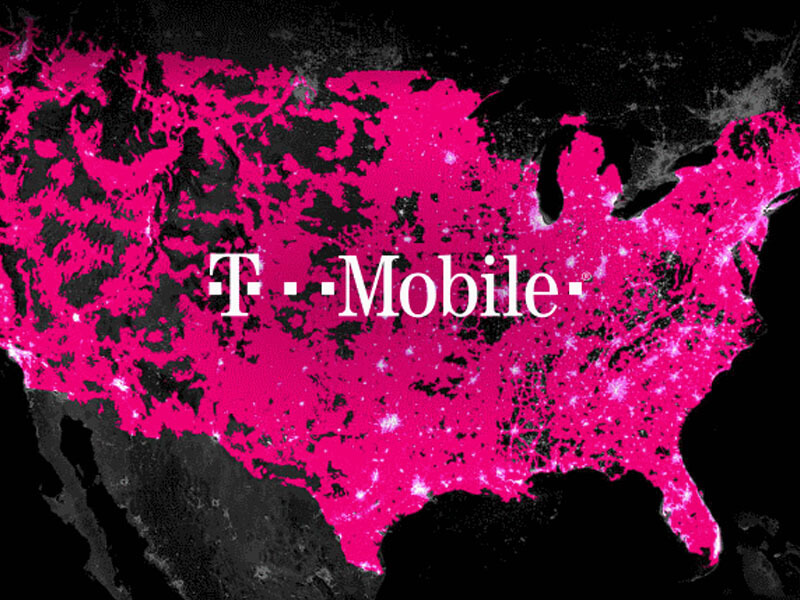Deutsche Telekom’s T-Mobile USA made a bold move to remove smartphone subsidies. Carriers have long complained that handset subsidies benefit manufactures such as Apple and Samsung to the detriment of carriers. For instance, an iPhone 5 sells for $199 with the remainder of the $650 cost buried in the required two-year service agreement.
With the new T-Mobile plan, the Samsung Galaxy Note II will cost about $680 upfront or $20/month financed. Alternatively, the customer can opt for a $200 down-payment and a two-year contract. Of course, the monthly contract amount drops radically as the cost of the phone subsidy is removed. Forget all the number mumbo-jumbo; this bold move by T-Mobile raises several interesting questions:
- How committed are Americans to cheap psychological pricing. A comparison of plans shows that financing the phone combined with T-Mobile’s lower monthly service rates is the cheapest price for an iPhone 5. However, will American’s balk at the hefty upfront charge for the phone, feeling it’s “too expensive.” Many a car has been sold for $199/month rather than $18,589. I dare you to ask a car dealer how much a car “costs.” They will tell you a monthly payment amount, not purchase price. They understand how American’s think. We think “how much per month,” not “what’s the total cost?” There may be significant pushback once American’s see just how much that new Galaxy smartphone costs.
- Are Apple and Samsung the real losers? It can be argued that T-Mobile is pulling back the curtain and exposing the wizard (along with his $800 smartphone that everyone thought was only $199). Does pricing transparency cut into iPhone and Galaxy sales? If so, it could come in two forms: 1) the customer now sees that the phone service is $30 now matter what the phone and opts for a cheap flip phone, or 2) the customer decides that the Galaxy S III or the iPhone 4S really isn’t obsolete after all and decreases the frequency of new phone purchases. Imagine how many less iPhones would be sold if the average time to replace a phone went from 2.5 years to 3.5 years…ouch!
- Is this a break for Blackberry and Nokia? These ugly duckling manufacturers have an opportunity to step into the newly created iPhone-lite market if they can provide a half-priced version of the Galaxy or iPhone that is “good enough.”
- Will other carriers follow suit? It’s an oligopoly after all. I’m not suggesting collusion, but the carriers would love to shift the billions in cell phone subsides away from Apple/Samsung. Look for Verizon and ATT to move towards this plan if there is any sign of traction for unsubsidized plans. More likely, the larger carriers might try a Solomon’s Solution keeping the existing subsidized plans while subtlety guiding customers towards non-subsidized plans over a couple year period.
- If consumers slow down smartphone purchases, what does this mean for technological advancement? The billions of dollars in profits pouring into cell phone carriers coffers has upped the stakes for all players and created a rash of innovation. Even if unsubsidized plans become standard at all carries, smartphones aren’t going away. However, what happens to innovation when a large portion of the profitability erodes. This begs another question – is society better off with manufacturers reaping these larger profits or the cell carriers? Carriers will argue the profits can be plowed into a better network infrastructure. Manufacturers can argue these profits drive faster innovation in chips, applications, and other device related functions. This may be a tough argument for Apple as they sit on over $100 Billion in cash that they can’t figure out how to use.


